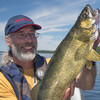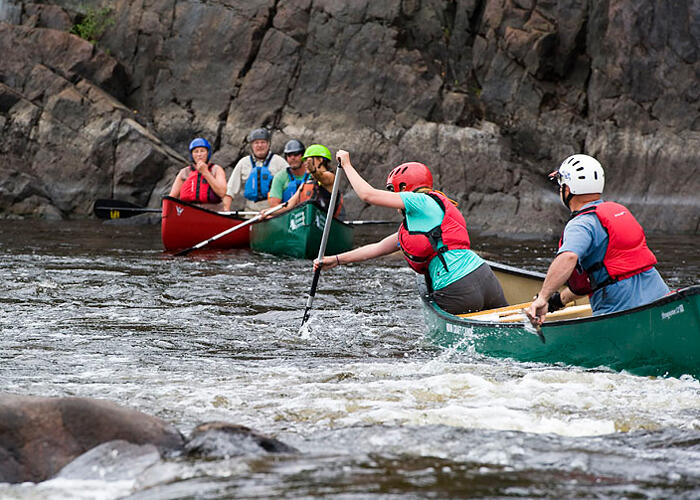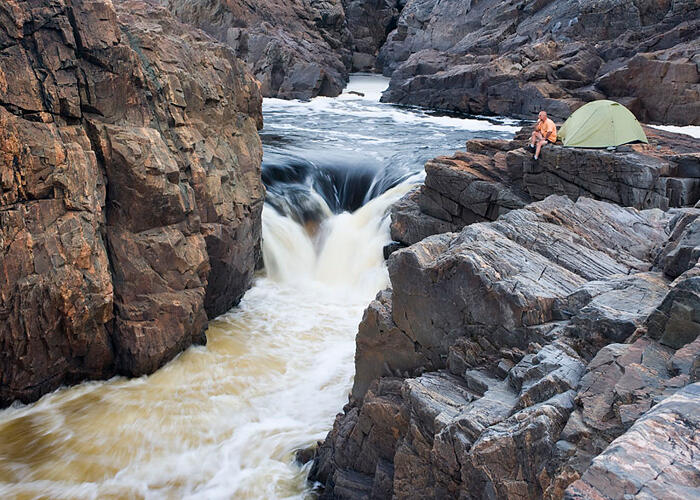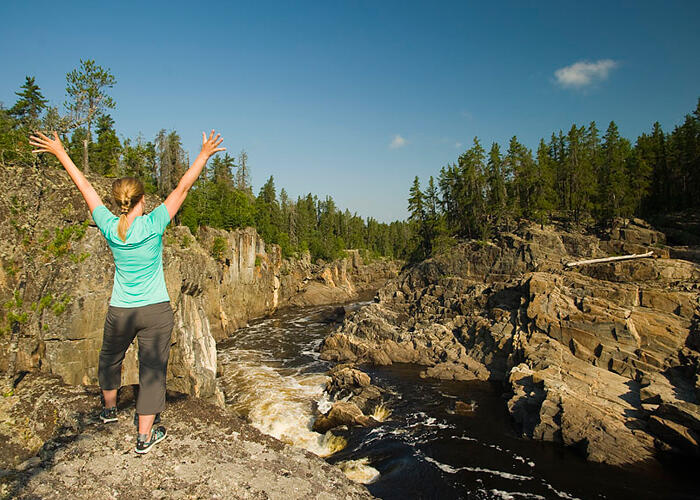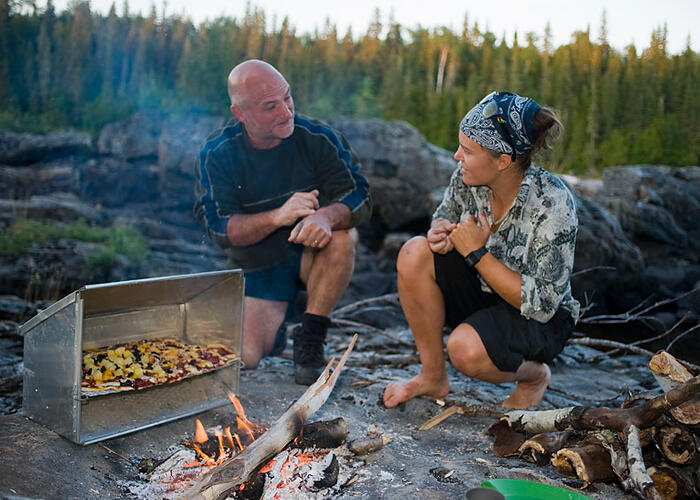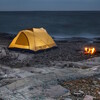
Conquering the Missinaibi River: A Whitewater Challenge Like No Other
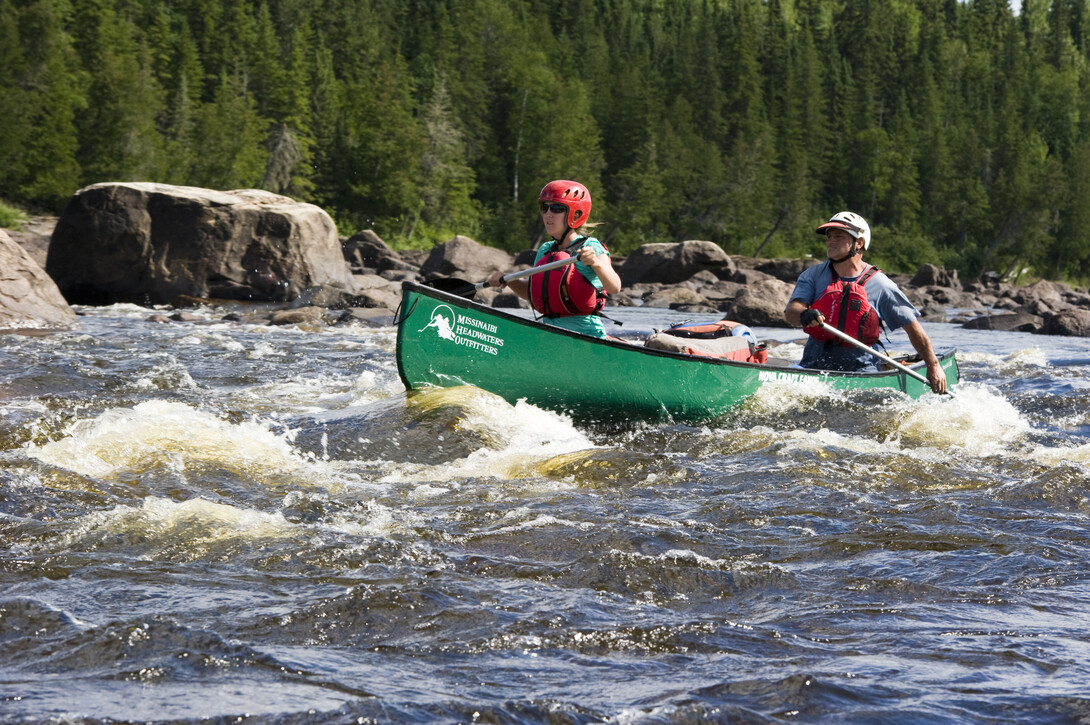
I always experience a healthy dose of fear when heading into the first rapids of a white water canoe trip but with Erin Pehar in the stern I have an added measure of confidence. Fifteen minutes ago we were on the river bank scouting this rapid, but as we drop sharply into an amalgamation of swifts, standing waves and giant boulders, everything looks different.
"Forward, forward, forward!" Erin calls from the stern, "we need speed going into this."
"Draw!," she yells at the appearance of a submerged boulder. I bury the blade of my paddle, drawing the canoe to the right as Erin swivels the stern around the rock. "Cross bow," she calls, but I’ve anticipated the command, rotating to draw the canoe to the opposite side. "Good, now forward, power!"
I'm three days into a five-day trip with Missinaibi Headwaters Outfitters. I joined the group of seven paddlers at the town of Mattice in Northern Ontario. Aside from our guides, no one on this trip had met each other before. But the fact that we are all moving through the woods and waters with increasing skill, efficiency and enjoyment is a telling commentary.
Rather than simply ushering clients down the Missinaibi River, a Canadian Heritage River, guides Erin, Ceilidh and Ryan teach the skills required to navigate a wilderness river. We learn paddle strokes, how to read moving water and the importance of knowing exactly where we are on the river.
This hits home at Thunder House Falls, where a group of five paddlers died after being swept over the falls back in 1993. Unloading at the portage above an inviting class two rapid it’s easy to understand how paddlers, who might not know exactly where they are on the river, could be drawn into the series of navigable rapids to a point of no return above the falls.
As I remove my pack at a wooded campsite along the cusp of the deep canyon, I’m happy to be experiencing Thunder House from dry land. I walk down a steep path to a terraced landscape of angular bedrock scoured clean by seasonal high waters. Dark waters are funneled through a narrow canyon and over a series of three to four-metre-high falls; breathtaking from the boreal-capped ridge, but deadly from the water.
Back at the campsite the distant roar of the falls is accompanied by the crackling of pine branches that feed the fire while we sip red wine and grow hungrier by the minute. There’s nothing like fresh air, a lot of exercise and a suitable period of anticipation to enhance the enjoyment of a meal.
Last night we sat on a slab of warm granite, watching pizza cook in a reflector oven. Tonight it’s Thai chicken curry and noodles.
In contrast to the relaxing evening, we spend most of the next day bent under the weight of packs and canoes, trudging over the 2350 m portage trail around Hells Gate Canyon. As the name implies, this is another stretch of water best experienced from land. Below the canyon we return to the river for an exciting ride to our final destination at Bells Bay.
The late afternoon sun just peeks over the high rocky shoreline that funnels us through Long Rapids, a two-kilometre stretch of continuous swifts. There is still an inkling of fear deep in my core, but as we head into the final class two rapid it’s easily eclipsed by the sheer fun that comes with growing confidence. Bring it on Missinaibi!
GOOD TO KNOW INFORMATION
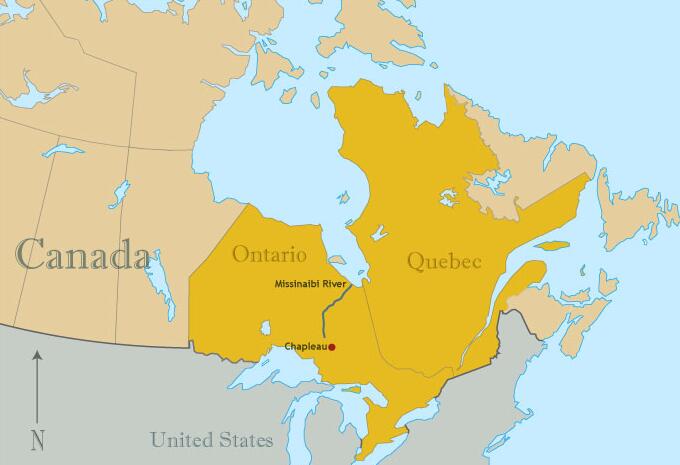
Best Times to Paddle: June to September
Resources:
Top 50 Canoe Routes of Ontario, Kevin Callan, pp 241-249
The Best Canadian Adventures: Paddle Ontario’s Missinaibi Outside Magazine July 2012
Regional Travel Information:
Recommended Articles

Crown Land Camping
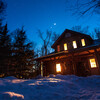
Ontario’s Most Stunning Winter Resorts
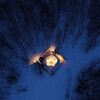
Go Winter Glamping
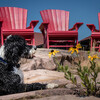
Dogs Welcome!
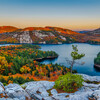
Natural Highs
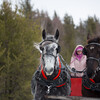
Bundle up for Snowy Horseback & Sleigh Rides

Best Winter Getaways in Ontario
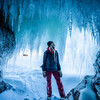
Plan Your Adventure

Dog Sledding in Ontario
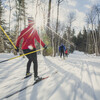
Best Cross Country Ski Spots
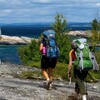
Backpacking Trails in Ontario
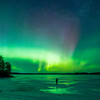
Best Northern Lights Destinations
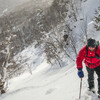
Backcountry Skiing in Ontario

Winter Romance
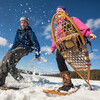
Want to go snowshoeing?
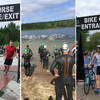
2025 Triathalons
19 Winter Activities to Add to Your Bucket List
Can't-Miss Skating Trails & Outdoor Rinks
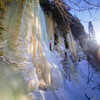
Belay On!


